Deck & Commander Strategies
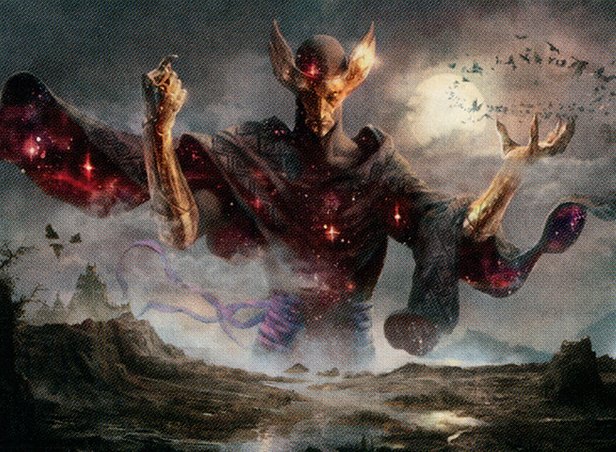
Phenax, God of Deception
Focuses on milling opponents’ libraries using creatures like Consuming Aberration and leveraging mana ramp via Cabal Coffers to generate large amounts of mana for casting powerful spells and control elements.

Akiri, Line-Slinger
Voltron strategy that uses equipment and auras like Swiftfoot Boots, Godsend, and Sword of War and Peace to boost Akiri and deal commander damage to opponents.

Bruse Tarl, Boorish Herder
Supports an aggressive, combat-focused deck that buffs attacking creatures and partners well with Akiri to maximize damage output through combat tricks and equipment.
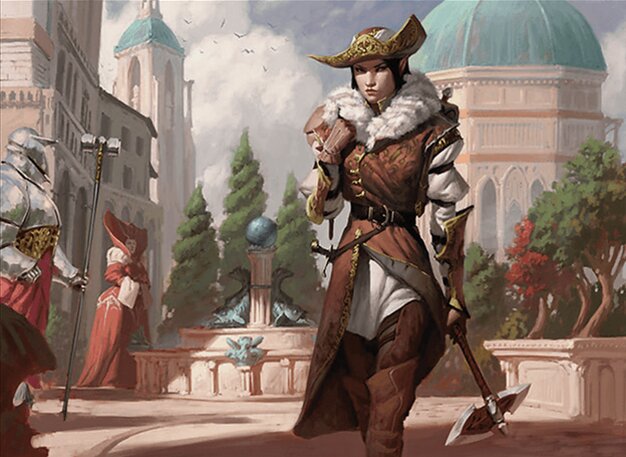
Selvala, Explorer Returned
Ramp and card draw deck that accelerates mana production and generates value with creatures like Prime Speaker Zegana and sacrifice synergies with creatures like Hornet Queen.
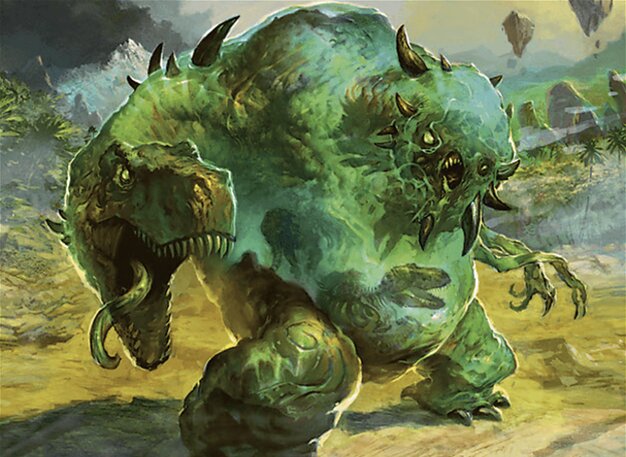
The Mimeoplasm
Graveyard-based midrange deck that uses reanimation and creature copying to generate huge threats like Primordial Hydra and Triskelion, while controlling the board with spells like Pernicious Deeds.
Gameplay Insights
- 1
Phenax’s player leveraged Cabal Coffers and mana ramp artifacts to fuel large spells and mill strategies but suffered from poor timing by tapping key resources on their own turn, limiting interaction during opponents' turns.
- 2
The Mimeoplasm player effectively used Pernicious Deeds to reset the board and maintain control, especially in combination with graveyard recursion and token generation from Hornet Queen.
- 3
Akiri’s player prioritized equipping their commander with protection and damage-boosting equipment like Swiftfoot Boots and Godsend to apply consistent pressure and eventually win through commander damage.
- 4
Selvala’s use of ramp and card draw engines helped stabilize the board, but the deck was vulnerable to board wipes and graveyard disruption, as seen with Fumigate and Pernicious Deeds.
- 5
The interaction between graveyard recursion and board wipes defined the midgame, with players needing to carefully time spells to maximize value and minimize losses.
Notable Cards
-

Consuming Aberration
-
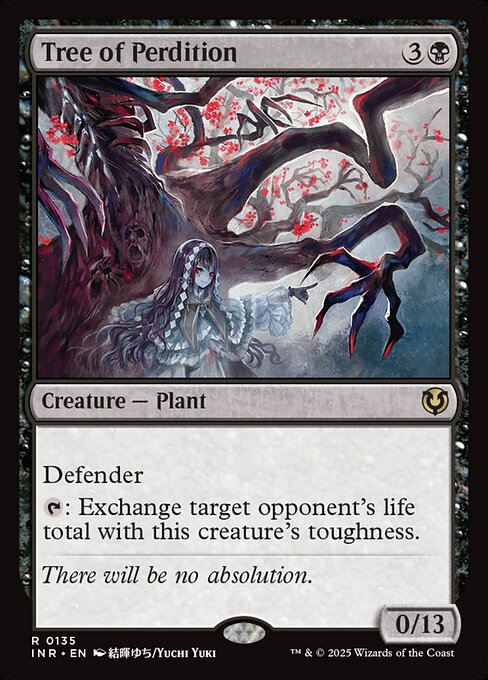
Tree of Perdition
-
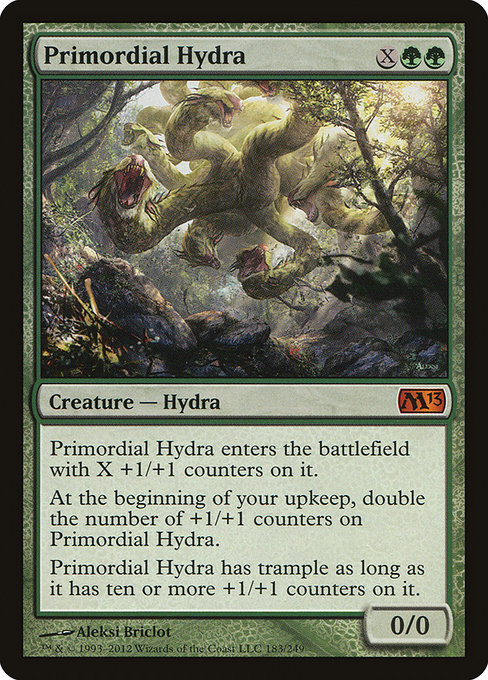
Primordial Hydra
-

Fumigate
-

Swiftfoot Boots
-
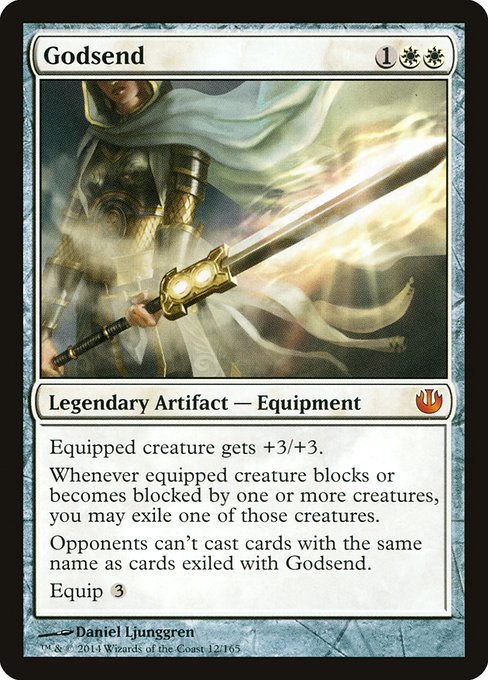
Godsend
-
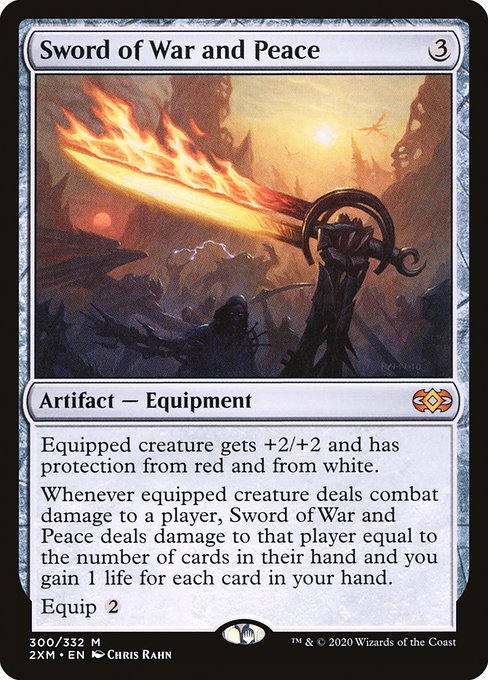
Sword of War and Peace
-

Consecrated Sphinx
-
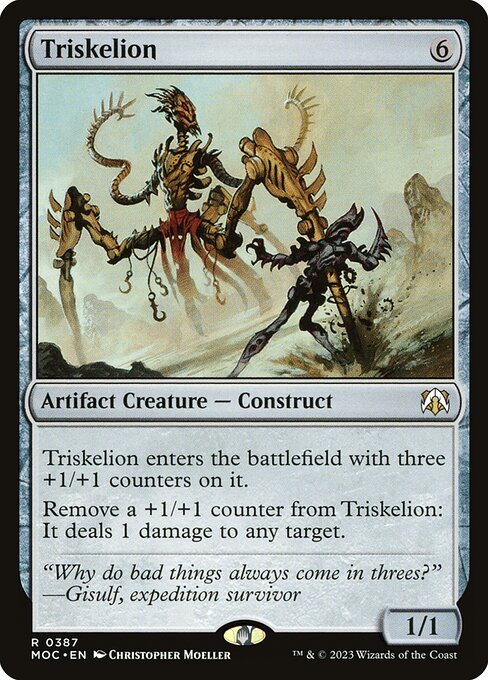
Triskelion
-

Solemn Simulacrum
-
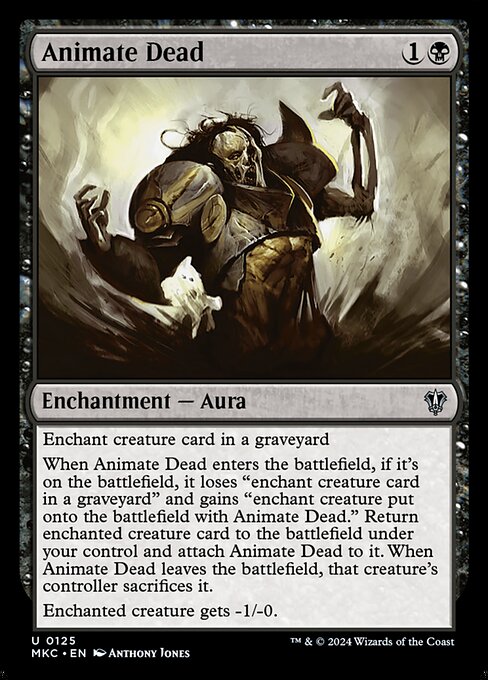
Animate Dead
-
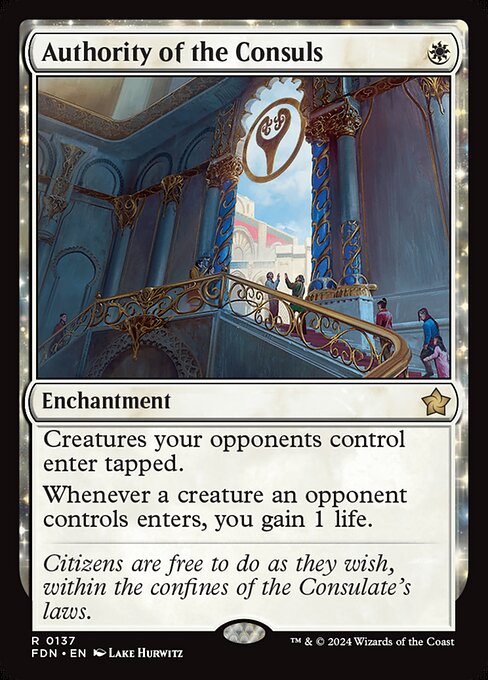
Authority of the Consuls
-
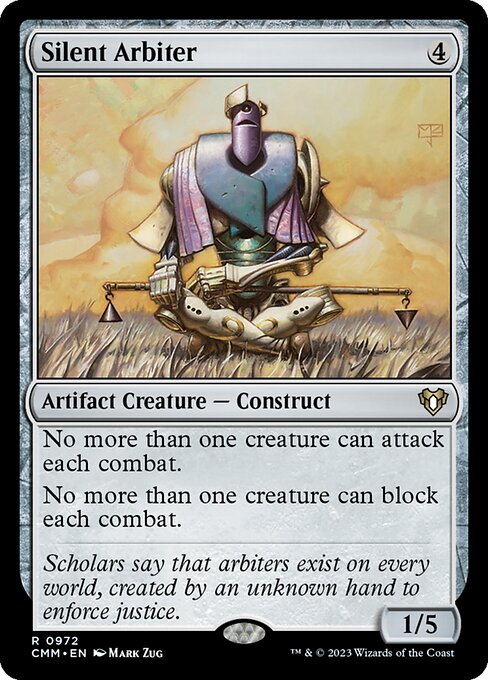
Silent Arbiter
-
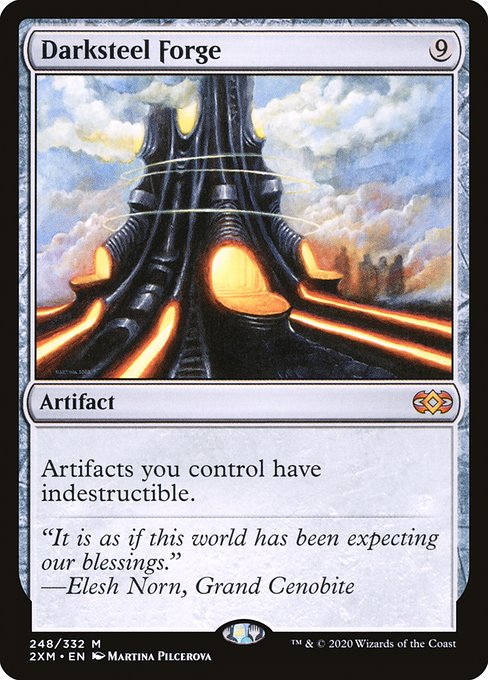
Darksteel Forge
Gameplay Summary
The game started with a relatively slow early game as players developed their mana bases and set up initial board states.
Phenax, God of Deception, focused on milling and control with cards like Consuming Aberration and Tree of Perdition supported by mana ramp using Cabal Coffers and Gilded Lotus.
Akiri, Line-Slinger, and Bruse Tarl, Boorish Herder aimed to build a Voltron-style board with equipment such as Swiftfoot Boots, Godsend, and Sword of War and Peace, focusing on buffing Akiri for commander damage.
Selvala, Explorer Returned, utilized ramp and card draw engines like Prime Speaker Zegana and Umbral Mantle to generate value and make use of sacrifice fodder from cards like Hornet Queen.
The Mimeoplasm deck leveraged graveyard interactions and powerful creatures like Primordial Hydra and Triskelion, aiming to control the board and apply pressure with large threats and combos like Pernicious Deeds. A key turning point was a well-timed board wipe with Fumigate from Selvala's player, disrupting aggressive boards and allowing for a reset.
However, Matt (The Mimeoplasm) quickly rebuilt with powerful creatures and combos, including casting Pernicious Deeds to clear the board again.
Phenax’s milling strategy was evident but struggled to find a decisive combo, and a misstep in resource management led to a significant mill of 32 cards on Tom (Akiri), which eventually resulted in Phenax’s elimination.
In the late game, Akiri’s player fully geared up their commander with equipment and Darksteel Forge, swinging for lethal commander damage to close out the match.



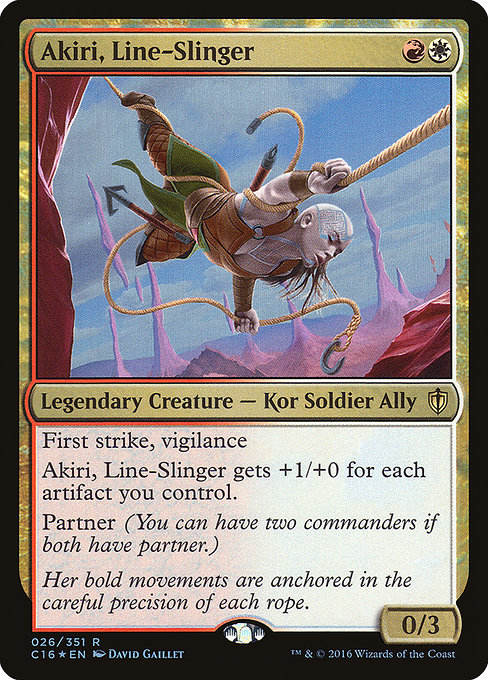





































![Commander VS S14E9: Karlov VS Nin VS Selvala VS Haakon [EDH] thumbnail](https://i.ytimg.com/vi/Jf3qev5zOfo/sddefault.jpg)
![Commander VS S13E4: Selvala vs Rubinia vs Ravos vs Adeliz [EDH] thumbnail](https://i.ytimg.com/vi/hMy8HpS8usI/sddefault.jpg)
![Commander Vs Holiday Special: Rakdos vs Ertai vs Selvala vs Zur [MTG: Multiplayer] thumbnail](https://i.ytimg.com/vi/jx5xp9p9Vwc/sddefault.jpg)

![Commander Versus Series: Marchesa v. Selvala v. Grenzo v. Muzzio [MTG Multiplayer] thumbnail](https://i.ytimg.com/vi/_6xdmzdhTDg/sddefault.jpg)



